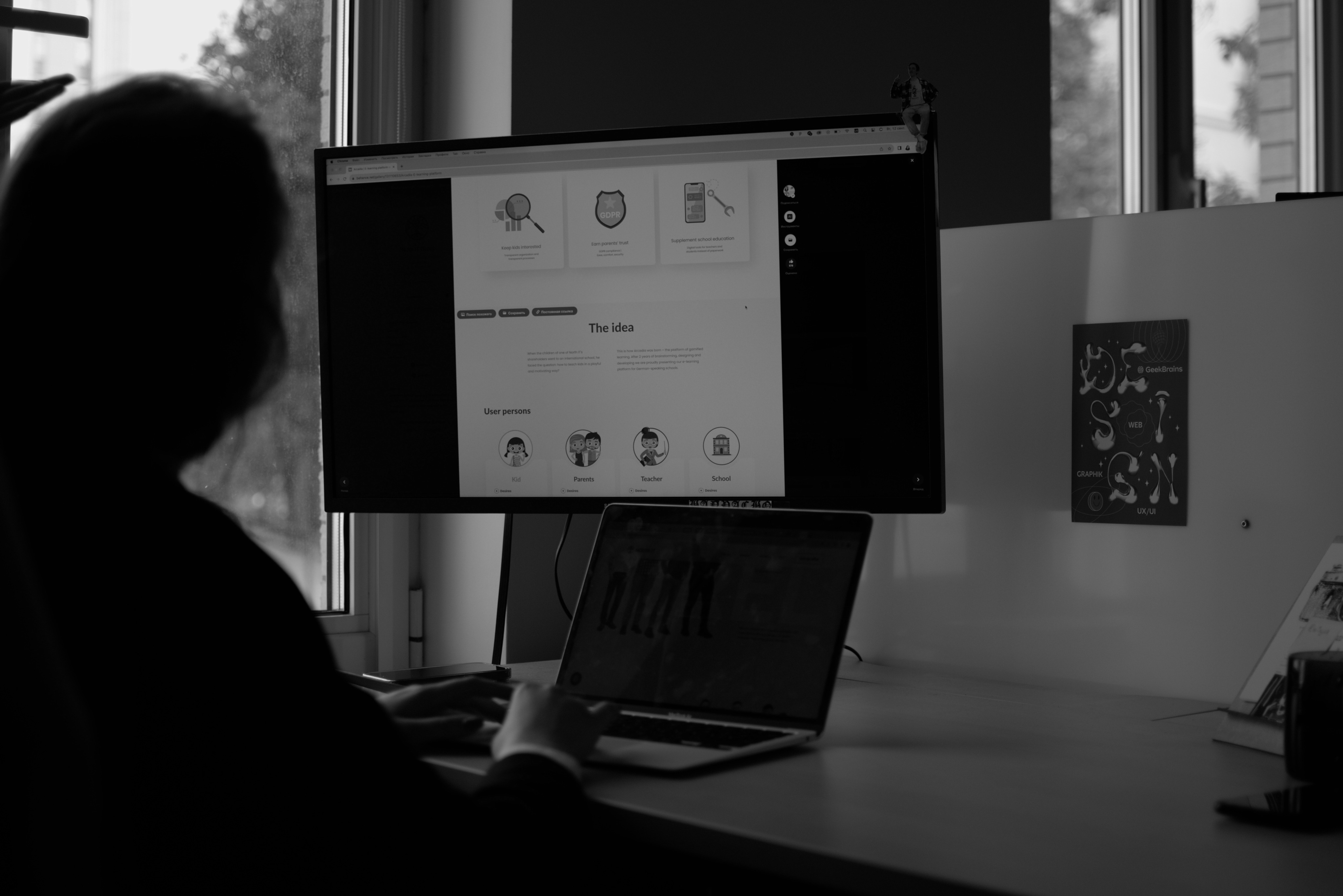IT security for small businesses: Your guide to robust cybersecurity
In a world where cyberattacks are commonplace, IT security for small businesses is not a luxury, it's a necessity. This guide provides valuable insights and strategies to protect your business from digital threats.
Here's what you need to know:
- Cyberattacks are real and can affect any business, regardless of size.
- A proactive IT security strategy is essential to minimize risk and build resilience.
- Training and raising awareness among your employees plays a crucial role in preventing security incidents.
The basics of IT security and cybersecurity
IT security begins with the fundamental understanding that data security and data protection are inextricably linked. Ensuring that IT systems are protected against a wide range of threats is the foundation on which companies can build their digital existence.
Strategic IT security for companies
An effective IT security strategy requires commitment from the top down. Company management must promote a culture of security awareness, invest in preventative measures and establish a solid emergency management system to respond to incidents.
IT security in SMEs
Cybersecurity is particularly critical for SMEs as they often do not have the resources of large corporations. Customized IT security consulting can help small businesses develop effective security protocols tailored specifically to their needs.
Threat types at a glance
Malware, ransomware, phishing and DDoS attacks are just some of the cyber threats that challenge businesses. Understanding these threats and taking appropriate countermeasures is crucial to protecting your business.
Consequences of cyber attacks
The consequences of a cyberattack can be devastating: from financial losses to business interruptions and long-term damage to your company's image. Cyber security in Germany and worldwide is therefore a key concern for companies of all sizes.
Examples and best practices
Real-life cases of cyber attacks show how quickly companies can be put at risk. Best practices such as regular backups, firewalls and the implementation of a multi-layered security approach can help SMEs improve their digital security.
Cloud security
With the increasing use of cloud services, companies also need to keep an eye on the security of their. Policies and technologies to protect sensitive data in the cloud are essential.
Future trends in IT security
The landscape of IT security is constantly changing, driven by technological advances and changing tactics of cybercriminals. It's crucial for small businesses to not only understand current security threats, but also keep an eye on future trends to be proactive.
One of the main trends is the increase in attacks on mobile devices and the Internet of Things (IoT). With more and more connected devices in use, SMEs need to extend their security policies to cover these new attack vectors. This means that security measures such as regular updates, secure authentication methods and network traffic monitoring will become increasingly important.
Another trend is the use of artificial intelligence (AI) and machine learning, both in the cybersecurity industry and among cybercriminals. While AI-based systems can help companies detect and respond to threats faster, attackers are using the same technologies to develop sophisticated attacks that bypass traditional security measures.
In addition, the topic of "Zero Trust Security" is becoming increasingly relevant. Rather than trusting a network or application per se, the zero trust model is based on the principle of "never trust, always verify". This approach requires continuous verification and validation of every request within the network, which helps to reduce the attack surface for cybercriminals.
Finally, blockchain technology is also increasingly being discussed in the field of cybersecurity. Its ability to make transactions and processes transparent and tamper-proof could open up new ways to ensure data integrity and prevent identity theft.
Conclusion
IT security is an ongoing investment and priority for small businesses looking to secure their future in an increasingly digital world. By implementing the strategies recommended in this guide, SMEs can improve their chances of successfully fending off cyber threats and protecting their business.



